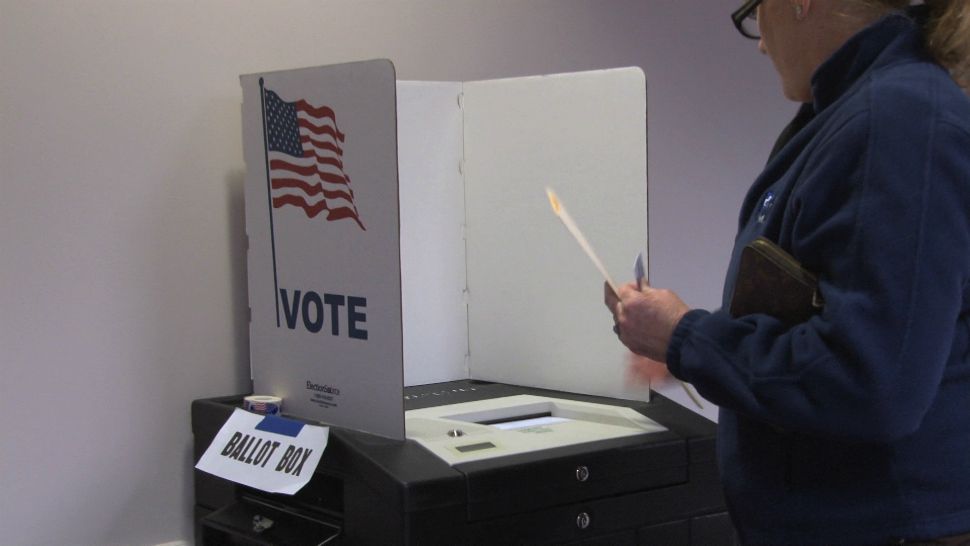After you’ve confirmed you’re eligible and registered to vote in Florida, there are three ways you can cast your vote in an election.
- RELATED:
1. Mail-in ballot
If you’re unable to make it to a voting site in person, you can vote by mail, formerly called absentee voting. This would also be the way to vote if you were deployed military or a U.S. citizen living overseas. But you don’t necessarily have to be absent from the county you’re voting in to vote by mail.
Here are four ways to request a mail-in ballot from the elections office:
- An online application, available on your county Supervisors of Elections' website
- A request in writing (e.g., by email, fax, mail) to Supervisor of Elections
- A request in person at Supervisor of Elections
- A request by a telephone call to Supervisor of Elections
- RELATED: Find your county Supervisor of Elections office
If you are making the request, the following information is required:
- The name of the voter for whom the ballot is being requested;
- The voter’s address;
- The voter’s date of birth; and
- The voter’s signature (if the request is written).
Your request must be received by the county elections office no later than six days prior to the election you wish to vote in.
The deadline for the elections office to receive your mail-in ballot is 7 p.m. on Election Day. Please keep in mind that the elections office must have it in house at that time, so you need to allow at least a week for the Postal Service to pick up and deliver it.
You can also deliver it yourself to the elections office in your county.
All Florida counties will have special drop boxes at early voting locations for mail-in ballots in 2020. This is the only time you'll be able to turn in your mail-in ballot at a polling place. You will not be able to do so on Election Day.
THE IMPORTANCE OF SIGNATURES
When you fill out your ballot, it will come with a return envelope that includes a voter certificate that you must sign.
You also must make sure that signature matches the one your county elections office has on file. Signatures can change over time due to age, illness or injury, so be sure your signatures match by going to the county elections office and checking with them.
If there is an issue with your signature, your county elections office should notify you. You will then have until 5 p.m. two days after the Election Day to "cure" your signature by updating the one on file.
2. Early voting
You can physically visit and vote at a specified location before the actual day of the election. In all elections when there is a state or federal race, an early voting period is required in Florida.
The equipment for early voting is the same as Election Day, but the location likely isn’t.
The early voting period must run for at least eight days. Some counties, however, may add more early voting days. Several larger counties begin earlier.
The 2020 early voting periods are:
- March Presidential Preference Primary: March 7-15
- August Primary: August 3-16
- November General Election: October 19-November 1
Go to your county Supervisor of Elections website to find early voting dates and locations, which are not necessarily the same as your assigned precinct.
3. Election Day voting
Polls are open on Election Day from 7 a.m. to 7 p.m. Any voters waiting in line at a polling place at 7 p.m. will be able to cast their ballot.
You need to report to your designated precinct and bring the proper identification to cast your ballot on Election Day. Find that location on the Check Your Voter Status website.




